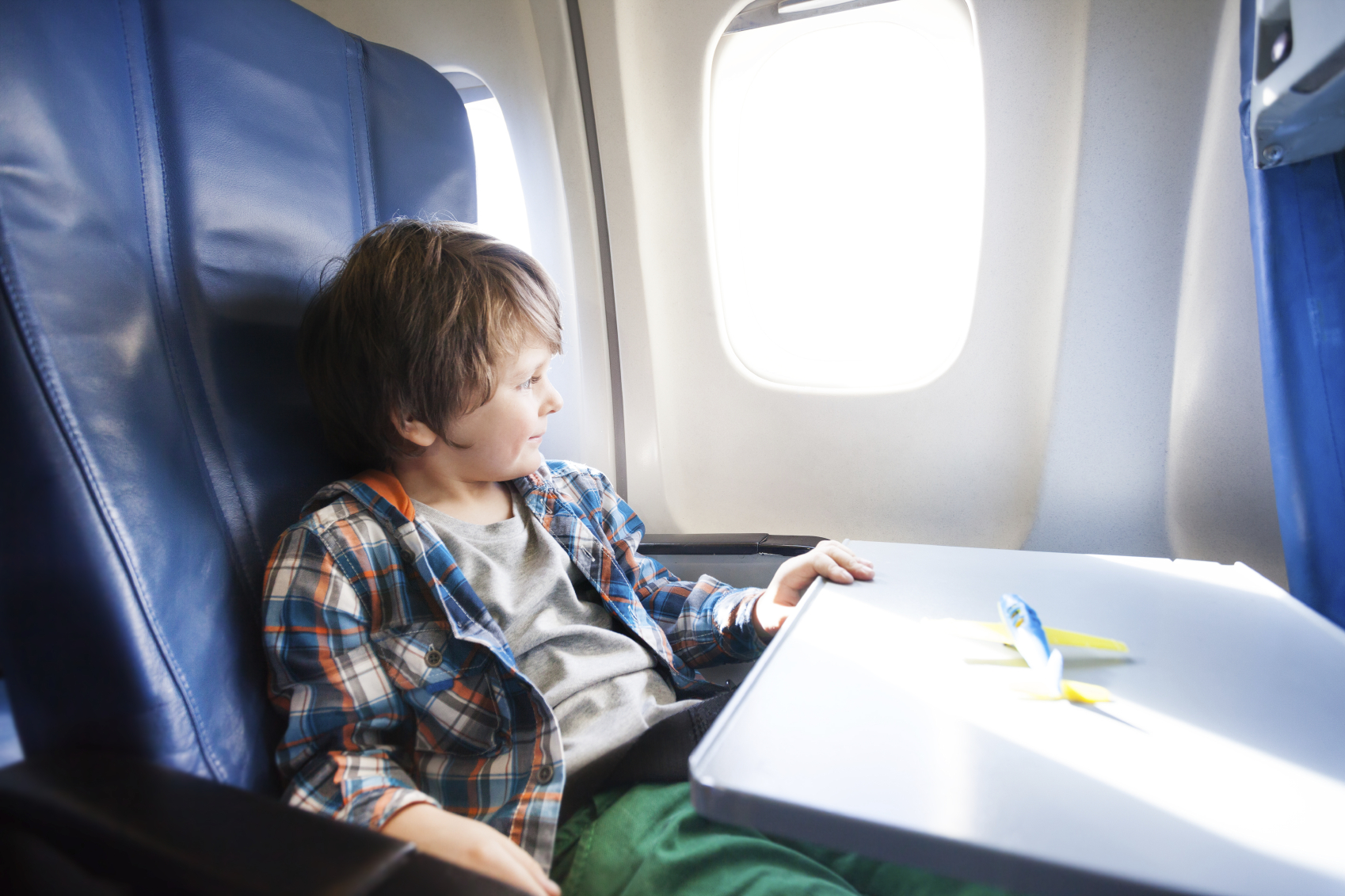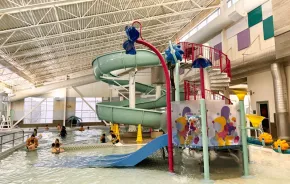
Many families dream of embarking on an extended period of travel with their children — and for good reason. By exploring the wide world together, you can expose kids to other cultures and languages, teach them skills such as navigating a new city and create lifelong family memories. Travel is also proven to be good for a child’s learning. A 2013 survey by the market research firm the Wagner Group found that children who experience educational-focused travel between the ages of 12 and 18 had higher grades and greater interest in school. Career and earning outcomes as adults were also higher than those surveyed who had not traveled.
There’s a problem, though: Once children are enrolled in elementary school — just at the age they start really benefiting from travel as a learning experience — trips need to be squeezed in during school breaks or scheduled for summer. The alternative, taking kids away during the school year, can be difficult to pull off. In the age of Common Core standards and funding based on student attendance, public schools are less inclined to endorse travel-related absences than in the past.
But it’s still possible to take a family dream trip without your child’s education suffering. Here’s how.
Excuse this trip! The 101 of attendance policies
First, you need to understand your school’s attendance policies. Every school — public or private — should have something on the books about attendance. Washington State’s Compulsory Attendance law (RCW 28A.225) requires a parent or guardian enroll their child of 8 and older in an educational program and assure regular daily school attendance. A child of 6 or 7 is not required to be enrolled in school, but if they are, then they are subject to the attendance policy.
Absences typically fall into two categories: excused (for illness, family emergencies and so forth) and unexcused. As much as you may value travel, your child’s school is not likely to consider it an excused absence. Districts like Seattle’s have tightened attendance enforcement in recent years, in an effort to encourage better attendance and improve graduation rates.
The Seattle school district’s attendance policy states that “school attendance is mandatory, and vacations and trips are not excused when school is in session.” In Seattle, parents are notified after one unexcused absence a month; after two, the school may schedule a meeting with the truant officer. Prolonged absence becomes a more serious issue in middle and high school, where a student may lose credit in classes (in high school, this could affect graduation).
Debbie Nelson, Principal of Hazel Wolf K-8 STEM School in North Seattle, explains, “Because we are responsible for (student) growth, we want them to be there so we can actually teach them.”
However, for the parent interested in educational travel as the reason for a student’s absence, there are still options.

Time the trip
The obvious first step is to time the trip to minimize academic impact. Tanya Kamila, a parent and teacher at Stevens Elementary in the Seattle Public Schools district, has always planned lengthier vacations so her 10-year-old daughter would miss as little school as possible. “We weren’t gone long enough for there to be any issues,” she says of a trip the family took when her daughter was in fourth grade.
If you do need to take some unexcused absences, Kamila recommends avoid testing windows in the school year (check your local district’s assessment calendar), “when all state and district tests must be completed within a certain time frame.” Tests determine performance and enrollment statistics for a public school, and fewer kids testing can mean less funding.
Work with the school
If your trip will result in some days off from school, schools want notification in a variety of ways. Most require a written request or letter to explain the circumstances. Some private schools, such as Seattle Prep (according to its website), require a signed permission form from all the student’s teachers to be submitted to the administration before approval is granted for time away of more than two days. Other schools may be less formal in granting or denying permission, but the responsibility is yours to be persuasive and assure your child will not suffer academically.
Danna Brumley, co-owner of the small-group travel company Earthbound Expeditions, has two teenagers enrolled in Bainbridge Island public schools; she has taken her children out of school several times for trips over the years. In contemplating a school absence, she usually starts with her children’s teacher. “When letting (teachers) know I’m contemplating a trip (I’m) typically presenting in an ‘asking permission’ style. Their answers are seriously considered before making a final decision.”
She continues: “Once we decide to do it, we then contact the front office of the school and I always let the administrative staff know that I’ve been in touch with and have the blessing of the teachers,” says Brumley. Her positive experience is based in clear communication with administrators, her children’s academic success in school, and her specific line of work. Keep in mind that your options may differ, so always do your homework on the policies for the school that your child attends.
Commit to making up work, but don’t expect support
For both public and private schools, the planning for time away and possible exceptions to rules is at the discretion of the school administrators, so work as cooperatively as possible with them. A school may state in its policy that teachers are not obligated to assist with make-up work or tests for non-school-related absences; however, teachers and school administrators will sometimes work with families to manage the child’s learning while away from school.
But while workarounds can exist, depending on the school, be sensitive to and appreciative of the extra work it can create for the school. As the parent, make sure that you allot a regular time in your travel schedule for your kids to do schoolwork. (Also don’t be surprised if your kids find it more difficult to make up school-based lessons.)
“The worst thing a parent can do is send the message that ‘school is not important,’” says Kamila. “Regardless of your child’s age and your own beliefs, kids think school is important and benefit greatly when they receive that message from their families.”
"If a child is struggling in school, this might not be the year to take them out of school for that educational trip to see the Mayan ruins in Mexico."
The “unenroll and homeschool” option
If you wish to take your child on a longer trip that you believe will be educational on a grand scale, but your school doesn’t sanction lengthy unexcused absences, another option exists: unenrolling the child from his or her current school and officially homeschooling them.
The process is fairly simple, explains Summer Carlton of northeast Seattle, who recently returned from a 15-month trip around the world with her husband and two children, ages 7 and 9. “Logistically all I had to do was dis-enroll them from their public school. We pulled them out in May so I dis-enrolled them for their current year and the upcoming year.” She then enrolled them as homeschool students with her district. (Check your district’s website under “Admissions” for specific information about dis-enrollment procedure.)
Carlton researched the curriculum for the year her kids would be missing. She prepared her homeschooling plan for their time away by combining several online programs such as Khan Academy and Singapore Math and creating a reading plan with oversight from her children’s teachers. “While we were traveling I corresponded with their home school just to check and make sure I was on track.”
Despite the logistics of planning a longer trip, Carlton said the experience was worth the effort. “We had an amazing time as a family. Our kids made friends wherever they went. They ate all kinds of crazy food and also tried to learn the language and culture of the countries we visited.” She says re-entry for her kids has been eased by the buffer of summer to get used to being home again.
What happens when you return home? For elementary-and-middle school children, it’s fairly simple: According to Principal Nelson of Hazel Wolf K-8, you should be able to re-enroll your child in the age-appropriate grade and resume school as before.
Find more specific information about state policy specific to enrollment issues in “Learning by Choice: Student Enrollment Options in Washington,” a helpful document produced by Washington State’s Department of Public Instruction. For instance, withdrawal or report cards from the last school attended are helpful if you're looking to resume placement in specific programs such as advanced placement or special education. High school students will need to provide transcripts or some other evidence of learning credits for significant time away to count toward graduating on time.
Don’t forget to check in with your child
If you are considering an extended period away, one important step remains — probably one of the first you should take: Make sure that your child is excited about the trip and can handle a period away from school. If a child is struggling academically, this might not be the year to take them out of school to see the Mayan ruins in Mexico. But if your child is excelling, perhaps looking for more academic excitement, such a trip might be the perfect enrichment activity.
Also, check in with your kids about what the time away will mean, including the effort necessary to make up the missed schoolwork, and the challenge of re-entry. Include them in the fun of planning, too: They can help identify exciting adventures along the way that are also educational.
There may be a time, such as the high school years, where your child is more reluctant to be away from student life. Brumley of Earthbound Expeditions shares the challenges her son faced when he missed seven days of school while on a trip with his parents when he was a freshman in high school. “He struggled to get the necessary work done before and during the trip and especially after returning home,” she says, noting that lack of consistent Wi-Fi access was one of the unexpected issues he faced. “He was unable to get his grades back to where they were pre-trip, and as a result he now refuses to miss school if he can avoid it.”
Educational travel is a gift for children, no matter when it happens. If your family cannot wait for the conventional school breaks to make your getaway, be mindful of all that is involved in keeping your child on track in school, and how your travel plays into that. With thoughtful planning, you can make family travel possible with the best outcome for all involved in your child’s learning experience.











